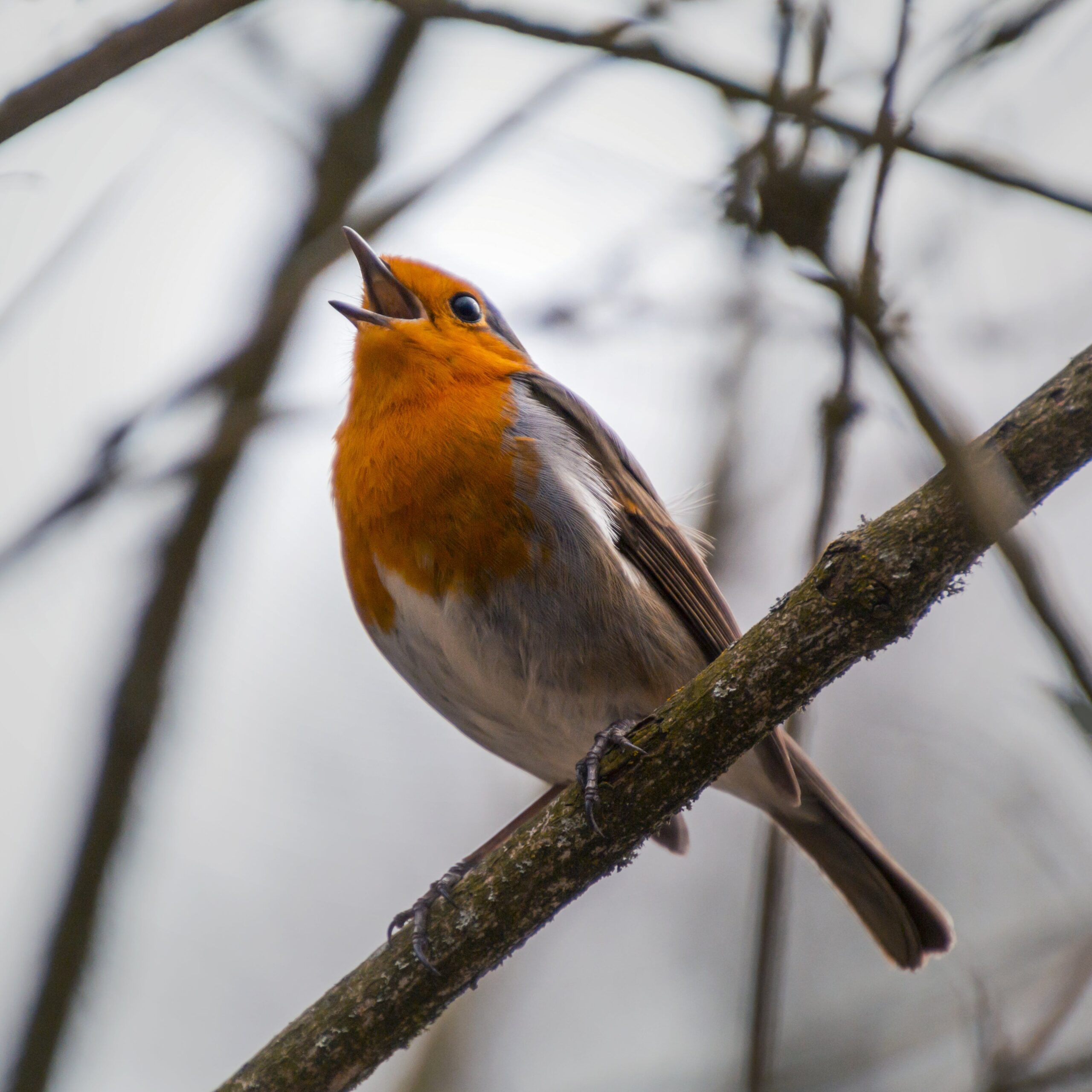The Heuglin’s Robin, also known as White-browed Robin-chat and Cossypha heuglini, is a bird species categorized under the family Muscicapidae. The Muscicapidae family is a large group of small passerine birds that has been introduced by Scottish naturalist John Fleming back in 1822. The Heuglin’s Robin’s closest relatives include the Scrub-Robin, Magpie Robin, Silverbird, and European Stonechat.
This bird species was first described by German ornithologist and physician Karel Johan Gustav Hartlaub using a Sudan species in 1866. Its name came from the name of Martin Theodor von Heuglin, a German explorer and ornithologist.
There are three recognized subspecies of Heuglin’s Robin:
Cossypha heuglini subrufescens – This subspecies ranges from Gabon to western Angola
Cossypha heuglini heuglini – This subspecies occurs in the southern part of Chad, Sudan, eastern Angola, northern South Africa, and Botswana.
Cossypha heuglini intermedia – This subspecies lives in southern Somalia and northeastern South Africa.
The Heuglin’s Robin has a broad range and a stable population rise; therefore, the International Union for Conservation of Nature (IUCN) Red List categorized this bird species as Least Concern.
Its seven levels of scientific classification are as follows:
Kingdom: Animalia
Phylum: Chordata
Class: Aves
Order: Passeriformes
Family: Muscicapidae
Genus: Cossypha
Species: C. heuglini
The physical characteristics of a Heuglin’s Robin
The Heuglin’s Robin is a small passerine bird, measuring from 19 to 20 cm long and weighing 29 to 51 grams. An adult Heuglin’s Robin’s crown and face are black, and there is a white supercilium or band over its dark brown eyes. Its back is olive greyish-brown, while its rump is rufous. Its two central tail feathers are olive greyish-brown in color, while the rest of its feathers are orange-rufous. This bird has a black beak and pinkish-brown or dark brown legs.
The Heuglin’s Robins are sexually dimorphic, with females being a little smaller than males. A little Heuglin’s Robin has a brown head and rufous-brown marks at the back. It possesses a pale throat, pale orange breast and belly.
The distribution and habitat of Heuglin’s Robins
The Heugins Robins are endemic to the African continent, particularly in Angola, Burundi, Botswana, Cameroon, Central African Republic, Republic of the Congo, Chad, Gabon, Ethiopia, Gabon, Malawi, Kenya, Namibia, Mozambique, Somalia, Rwanda, Sudan, South Africa, Swaziland, Uganda, Tanzania, Zambia, and Zimbabwe.
The Heuglin’s Robins occur in a wide range of habitats such as riverine forests with scattered canopies, dense evergreen thickets, shady trees, shrublands along rivers and lakes, Acacia woodlands on flood plains, and borders of open habitats. They also frequent man-made habitats such as gardens and parks.
The behavior of a Heuglin’s Robin
The Heglin’s Robin’s call is characterized by a repeated pit-porlee, chiiritter-porlii and da-da-tee. It ends with a da-teee or chickle-ter-tweep. Its alarm call is takata-kata-kata. When singing and calling loudly, it opens its beak wide and inflates its breast. Its tail moves along each note sung. A pair of Heuglin’s Robins also duets.
In countries near the equator, Heuglin’s Robins breed all-year-round. In East Africa, the breeding season takes place during the two rainy seasons. In southern Africa, the birds breed from July to May.
A pair of Heuglin’s Robins builds a nest that is an open cup. The materials used in making the nest vary depending on the habitat they reside in. It commonly comprises of dead leaves, twigs, midribs, soft twigs, and rootlets. The birds assemble it in a hollow in a tree trunk, branches of a shrub, or along the roots of trees nearby a riverbank.
The female lays a clutch that consists of 2-3 eggs, which are incubated by the female alone for 14 to 17 days. Both male and female Heuglin’s Robins will take responsibility for rearing the chicks until they fledge at 13 to 17 days old. The young become independent when they reach four weeks old.
The diet of a Heuglin’s Robin
This species primarily feeds on insects, such as wasps, beetles, ants, moths, termites, caterpillars, crickets, flies, spiders, centipedes, bugs, and other insects. It occasionally feeds on arthropods, small frogs, and fallen fruits. It does most of its feeding on the ground, flicking through fallen leaves to search for prey and gleaning food from tree trunks and foliage. After foraging, it will bathe in water.
BOTSWANA BIRDS | SOUTH AFRICA BIRDS
NAMIBIA BIRDS | ZAMBIA BIRDS | ZIMBABWE BIRDS

